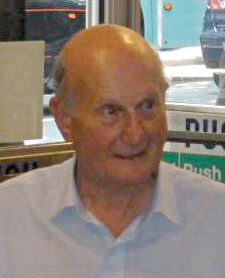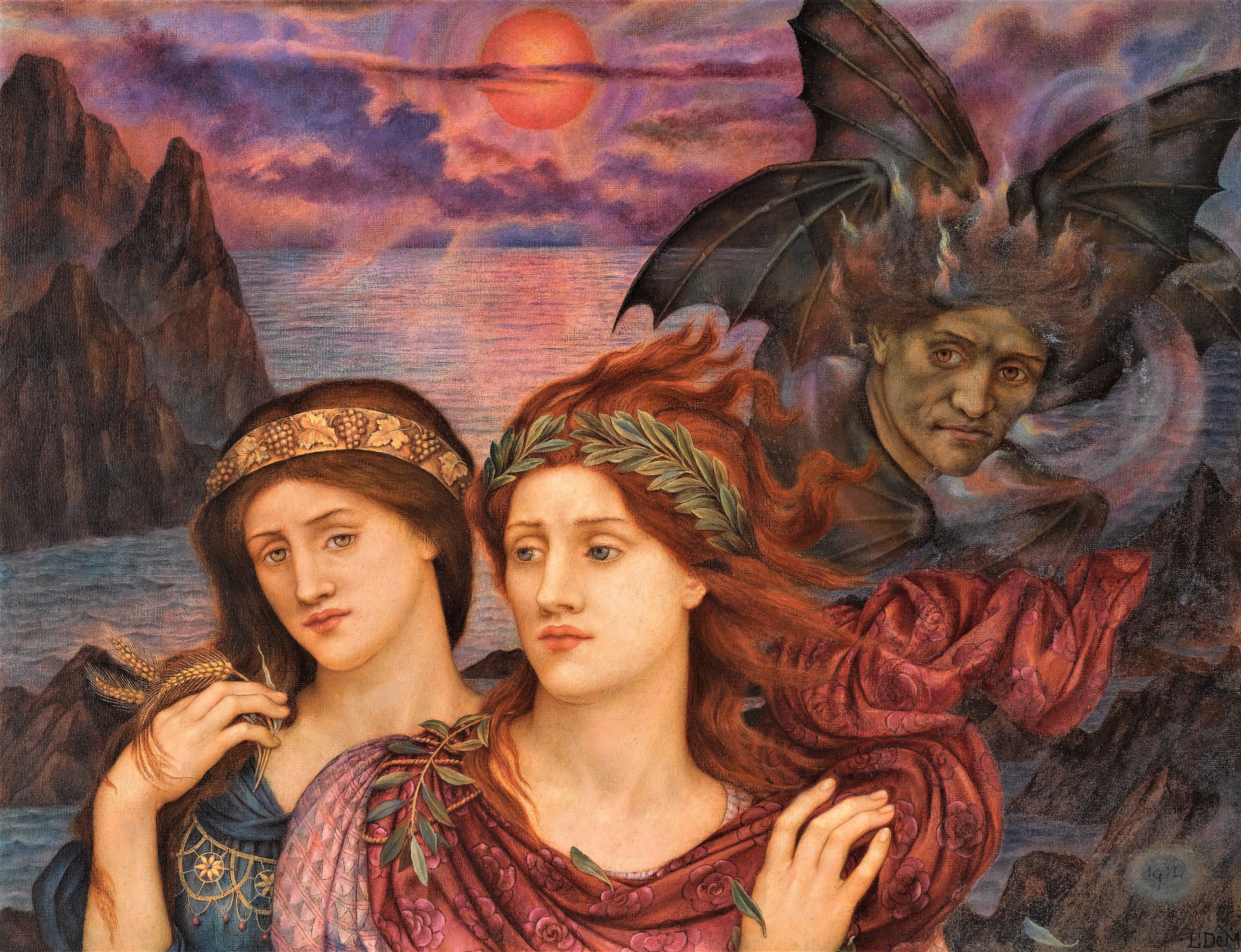|
Point 783
"Point 783" is the fifth episode of ''Captain Scarlet and the Mysterons'', a British Supermarionation television series created by Gerry and Sylvia Anderson and filmed by their production company Century 21 Productions. Written by Peter Curran and David Williams and directed by Robert Lynn, it was first broadcast on 22 December 1967 on ATV Midlands. Set in 2068, the series depicts a "war of nerves" between Earth and the Mysterons: a hostile race of Martians with the power to create functioning copies of destroyed people or objects and use them to carry out acts of aggression against humanity. Earth is defended by a military organisation called Spectrum, whose top agent, Captain Scarlet, was murdered by the Mysterons and replaced by a reconstruction that later broke free of their control. Scarlet's double has a self-healing power that enables him to recover from injuries that would be fatal to anyone else, making him Spectrum's best asset in its fight against the Mysterons. In ... [...More Info...] [...Related Items...] OR: [Wikipedia] [Google] [Baidu] |
Captain Scarlet And The Mysterons
''Captain Scarlet and the Mysterons'', often shortened to ''Captain Scarlet'', is a British science fiction television series created by Gerry and Sylvia Anderson and filmed by their production company Century 21 Productions for distributor ITC Entertainment. Running to thirty-two 25-minute episodes, it was first broadcast on ITV regional franchises between 1967 and 1968 and has since been transmitted in more than 40 other countries, including the United States, Canada, Australia, New Zealand and Japan. It is one of several Anderson series that were filmed using a form of electronic marionette puppetry dubbed " Supermarionation" combined with scale model special effects sequences. Set in 2068, ''Captain Scarlet'' follows the "war of nerves" between Earth and the Mysterons, a race of Martians who possess partial control over matter. When a misunderstanding causes human astronauts to attack their city on Mars, the Mysterons vow revenge and launch reprisals against Earth. These ... [...More Info...] [...Related Items...] OR: [Wikipedia] [Google] [Baidu] |
Mysteron
The Mysterons are a fictional race of extraterrestrials and the antagonists in the 1960s British Supermarionation science-fiction television series ''Captain Scarlet and the Mysterons'' (1967–68) and its 2005 computer-animated remake, ''Gerry Anderson's New Captain Scarlet''. They are the remnants of the original Mysteron race: alien beings that originated in a galaxy other than the Milky Way and maintained a colony on Mars. They are symbolised by ubiquitous, projected green rings of light and the deep bass voice of their human convert Captain Black (Captain Scarlet), Captain Black. They were voiced by Donald Gray in the original series and Mike Hayley in the remake. In the 2000 computer-animated test film ''Captain Scarlet and the Return of the Mysterons'', they were voiced by Gary Martin (actor), Gary Martin. Depiction ''Captain Scarlet'' As shown in the first episode of the Captain Scarlet television series, hostilities between Earth and the Mysterons commence following ... [...More Info...] [...Related Items...] OR: [Wikipedia] [Google] [Baidu] |
Spectrum Pursuit Vehicle
The Spectrum Pursuit Vehicle (or SPV) is a fictional pursuit and attack vehicle from Gerry and Sylvia Anderson's science-fiction television series ''Captain Scarlet and the Mysterons'' (1967). Specifications The metallic-blue, tank-like SPV serves as Spectrum's primary armoured interceptor ground vehicle. It is long, weighs eight tons, and has a maximum speed of either on land. It is fitted with five pairs of wheels (the three over the front, middle and rear axles constituting the main drive), with additional traction for mountainous environments provided by rear-mounted, hydraulically-lowered caterpillar tracks. Within the hermetically-sealed control compartment, the driver, co-driver and a passenger are seated backwards, facing the rear, to reduce the possibility of injury in the event of a crash; the driver is aided by a video monitor displaying (vertically-flipped) forward and rear views. It is armed with a front-mounted cannon, housed underneath a fold-away panel, and is al ... [...More Info...] [...Related Items...] OR: [Wikipedia] [Google] [Baidu] |
Sahara
, photo = Sahara real color.jpg , photo_caption = The Sahara taken by Apollo 17 astronauts, 1972 , map = , map_image = , location = , country = , country1 = , country2 = , country3 = , country4 = , country5 = , country6 = , country7 = , country8 = , country9 = , country10 = ( disputed) , region = , state = , district = , city = , relief = , label = , label_position = , coordinates = , coordinates_ref = , elevation = , elevation_m = , elevation_ft = , elevation_ref = , length = , length_mi = , length_km = 4,800 , length_orientation = , length_note = , width = , width_mi = , width ... [...More Info...] [...Related Items...] OR: [Wikipedia] [Google] [Baidu] |
Blockhouse
A blockhouse is a small fortification, usually consisting of one or more rooms with loopholes, allowing its defenders to fire in various directions. It is usually an isolated fort in the form of a single building, serving as a defensive strong point against any enemy that does not possess siege equipment or, in modern times, artillery, air force and cruise missiles. A fortification intended to resist these weapons is more likely to qualify as a fortress or a redoubt, or in modern times, be an underground bunker. However, a blockhouse may also refer to a room within a larger fortification, usually a battery or redoubt. Etymology The term '' blockhouse'' is of uncertain origin, perhaps related to Middle Dutch '' blokhus'' and 18th-century French '' blocus'' (blockade). In ancient Greece Blockhouses existed in ancient Greece, for example the one near Mycenae. Early blockhouses in England Early blockhouses were designed solely to protect a particular area by the use of ... [...More Info...] [...Related Items...] OR: [Wikipedia] [Google] [Baidu] |
Extrasensory Perception
Extrasensory perception or ESP, also called sixth sense, is a claimed paranormal ability pertaining to reception of information not gained through the recognized physical senses, but sensed with the mind. The term was adopted by Duke University psychologist J. B. Rhine to denote psychic abilities such as intuition, telepathy, psychometry, clairvoyance, clairaudience, clairsentience, empathy and their trans-temporal operation as precognition or retrocognition. Second sight is a form of extrasensory perception, whereby a person perceives information, in the form of a vision, about future events before they happen (precognition), or about things or events at remote locations (remote viewing). There is no evidence that second sight exists. Reports of second sight are known only from anecdotes. Second sight and ESP are classified as pseudosciences. History In the 1930s, at Duke University in North Carolina, J. B. Rhine and his wife Louisa E. Rhine conducted an investigation ... [...More Info...] [...Related Items...] OR: [Wikipedia] [Google] [Baidu] |
Ed Bishop
George Victor Bishop (11 June 1932 – 8 June 2005), known professionally as Ed Bishop or sometimes Edward Bishop, was an American actor. He was known for playing Commander Ed Straker in ''UFO'', Captain Blue in ''Captain Scarlet and the Mysterons'' and for voicing Philip Marlowe in a series of BBC Radio adaptations of the Marlowe novels by Raymond Chandler. Early life George Victor Bishop was born on 11 June 1932, the son of a Manhattan banker, in Brooklyn, New York. He attended Peekskill High School before a brief spell at teacher training college. Bishop served in the United States Army as a disc jockey with the Armed Forces Radio at St. John's in Newfoundland where he was introduced to acting with the St John's Players. After leaving the army, Bishop enrolled at Boston University where he initially studied business administration but halfway through the course, transferred to drama, much against his parents' wishes. After graduating in Theatre Arts, he won a Fulbright ... [...More Info...] [...Related Items...] OR: [Wikipedia] [Google] [Baidu] |
Francis Matthews (actor)
Francis Matthews (2 September 1927 – 14 June 2014) was an English actor, best known for playing Paul Temple in the BBC television series Paul Temple (TV series), of the same name and for voicing Captain Scarlet (character), Captain Scarlet in ''Captain Scarlet and the Mysterons''. Early life Matthews was born in York on 2 September 1927, to Henry and Kathleen Matthews. His father was a shop steward at the Rowntree's chocolate factory near York. His parents took him often to the theatre, where he gained a love of acting. He attended St George's RC Primary School, then Mount St Mary's Catholic High School, Leeds, St Michael's Jesuit College in Leeds. He found work as a stagehand at the Theatre Royal, Leeds, Theatre Royal in Leeds, and made his theatrical debut in 1945 in the play ''The Corn Is Green'' before performing his national service in the Royal Navy. After leaving the military he returned to the stage, appearing in a 1954 touring production of the play ''No Escape'', wh ... [...More Info...] [...Related Items...] OR: [Wikipedia] [Google] [Baidu] |
Captain Blue (Captain Scarlet)
Captain Blue (born Adam Svenson) is a character in the British Supermarionation television series ''Captain Scarlet and the Mysterons'' (1967–68) and its computer-animated remake, ''Gerry Anderson's New Captain Scarlet'' (2005). He is a senior officer in the Spectrum Organisation, which is committed to defending Earth against the Mysterons, and is the best friend of Captain Scarlet. Conception Captain Blue was among the first characters to be conceived by series creator Gerry Anderson who, having determined that " Scarlet" would make for an unusual codename for the series' protagonist, resolved that his mission partner could be codenamed "Blue". Script editor Tony Barwick, who commented on what he perceived as the series' "quite formalised writing", wrote Blue as "the foil, the nice guy" of ''Captain Scarlet''.Bentley 2001, p. 31. In a 1982 interview for '' Starlog'' magazine, Captain Blue voice actor Ed Bishop described his casting by the Andersons: "There was an actor i ... [...More Info...] [...Related Items...] OR: [Wikipedia] [Google] [Baidu] |


